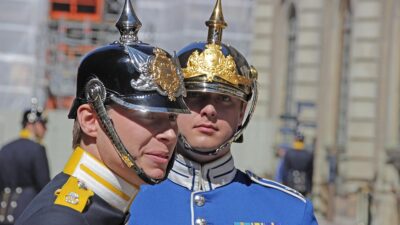Multiplayer Online Battle Arenas (MOBAs) have redefined the gaming landscape since their inception, offering players a unique blend of strategy, teamwork, and competition. While the primary focus of MOBAs, such as League of Legends, Dota 2, and Heroes of the Storm, is fast-paced gameplay and tactical skill, it’s the communities and collaborative aspects that add a rich layer to the experience. In this article, we will explore the social dynamics of MOBAs, how they foster cooperation among players, and the importance of community in shaping the overall gaming environment.
The Essence of Teamwork
At the heart of every MOBA lies the necessity for collaboration. Unlike traditional solo games, MOBAs involve teams of players working in synchronous harmony to achieve a common goal: defeating the opposing team. This requirement for teamwork creates a unique social dynamic where players must learn to communicate, strategize, and adapt to the strengths and weaknesses of their teammates and adversaries.
Communication Tools
Modern MOBAs are equipped with various communication tools ranging from text chat to voice chat, in-game pings, and emotes. These tools serve as vital instruments for coordination. Successful teams often rely on clear, concise communication to plan their attacks, warn of enemy movements, and manage resources effectively.
Moreover, platforms like Discord have become popular among players, extending communication beyond the confines of the game. This enables players to cultivate friendships, form consistent teams, and strategize, thereby enhancing their overall gaming experience.
Building Friendships and Communities
The social aspect of MOBAs extends far beyond the confines of the match. Many players cultivate lasting friendships with their teammates and even opponents, leading to a sense of belonging within a larger community. Online forums, social media groups, and fan sites allow players to discuss strategies, share fan art, and organize tournaments.
Communities often host events and competitions, fostering a spirit of camaraderie and healthy rivalry. These gatherings, whether they are local LAN parties or international esports tournaments, further solidify the connections built through shared experiences in-game.
Inclusivity and Diversity
MOBAs have the potential to bring together players from diverse backgrounds. This inclusivity fosters a sense of community where players can learn from each other and share different perspectives. However, it’s essential to address that toxic behavior can sometimes arise in competitive environments, leading to barriers within these communities.
Efforts to promote inclusivity, such as anti-toxic policies and community-driven initiatives, are vital. Developers are increasingly aware of the importance of promoting positive behavior and engagement within the community to ensure that everyone has a welcoming and enjoyable experience.
The Rise of Esports and Collaborative Play
The rapid rise of esports has transformed the way communities engage with MOBAs. Competitive play has introduced new dimensions to teamwork and strategy, as players often aspire to join professional teams or compete in tournaments. These events attract millions of viewers, turning players into celebrities while also fostering a deeper connection with fans and aspiring players alike.
Furthermore, collaborative play extends beyond just competitive gaming. Many players engage in cooperative modes, allowing them to practice teamwork in a less stressful environment, exploring new characters, and learning from one another, regardless of skill level.
Resources and Learning
The collaborative nature of MOBAs encourages players to share knowledge, tactics, and experiences. Numerous websites and content creators provide guides, tutorials, and coaching sessions, allowing players to improve their skills collaboratively. Streams and video tutorials on platforms like Twitch and YouTube have made it easier for newcomers to learn the ropes, encouraging community involvement and mentorship.
These resources not only enhance individual gameplay but also contribute to building a more educated and skilled player base, fostering a culture of improvement and collaboration.
Conclusion
The social side of MOBAs is as integral to their success as the gameplay itself. The teamwork, communication, and community-building aspects enhance the overall gaming experience, transforming what could merely be a competitive endeavor into a rich, collaborative adventure. As the gaming landscape continues to evolve, the importance of community and cooperation in MOBAs cannot be understated, promising players a dynamic environment full of camaraderie, learning, and lasting friendships.
In a world where digital interactions increasingly define our social lives, MOBAs stand out as a testament to the power of community and collaboration in gaming.

